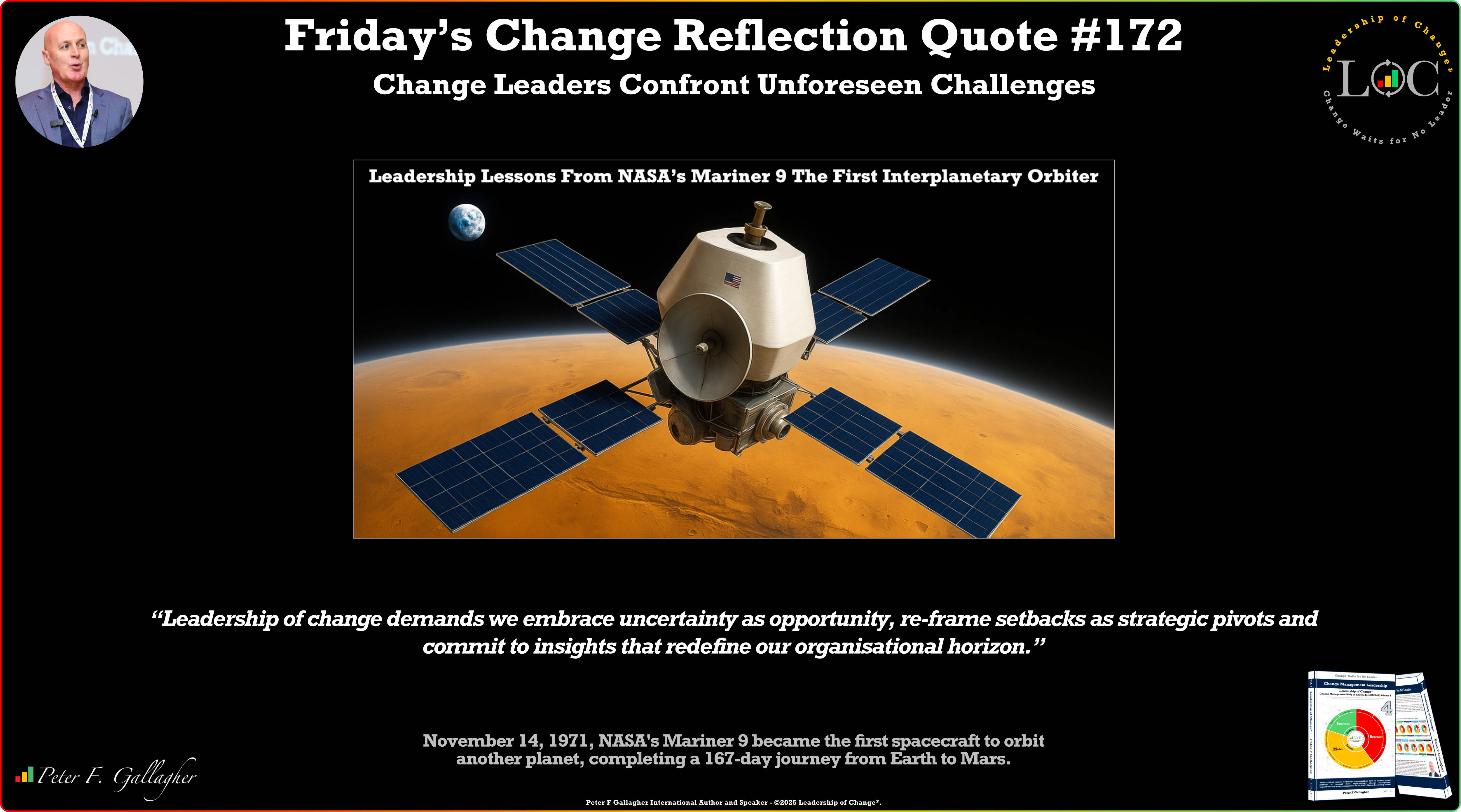Nov01

Since Japanese roboticist Masahiro Mori first described it in 1970, the Uncanny Valley hypothesis has fascinated scientists, designers, and technology experts. Mori proposed that robots or virtual agents approaching near-human realism—but not quite achieving it—evoke feelings of eeriness or unease in observers. While this concept initially emerged in robotics, it has now found new relevance in digital and immersive experiences, especially in VR and AR platforms where users encounter AI avatars.
As technology advances, immersive experiences increasingly feature hyper-realistic avatars. However, Uncanny Valley presents a significant design challenge: instead of facilitating a positive connection, these avatars may decrease user trust and satisfaction if their realism needs to be revised. Understanding this phenomenon is crucial for companies aiming to build authentic, engaging digital user interactions.
Recent studies confirm the Uncanny Valley effect, highlighting its measurable impact on user experience and behavior. Here’s a look at the evidence from recent studies examining hyper-realistic avatars and their effect on trust, adoption, and purchase intentions in human-computer interaction contexts:
Given the confirmed impact of the Uncanny Valley on user perceptions, here are practical recommendations for designers to mitigate these effects in immersive experiences:
The Uncanny Valley effect is a well-documented phenomenon that poses a considerable challenge to the design of AI-driven immersive experiences. Studies, such as that of Song and Shin (2022), reveal that the familiarity and realism of avatars play a key role in shaping user comfort and trust. While it may be difficult to fully overcome the Uncanny Valley, using less realistic, familiar, or abstract avatars can significantly improve user experience, enhancing their connection with brands in digital spaces.
By Andres Leon
Keywords: AR/VR, Innovation, Metaverse
 When One Scanner Fails: Why Resilience Starts at the Smallest Link
When One Scanner Fails: Why Resilience Starts at the Smallest Link Friday’s Change Reflection Quote - Leadership of Change - Change Leaders Confront Unforeseen Challenges
Friday’s Change Reflection Quote - Leadership of Change - Change Leaders Confront Unforeseen Challenges The Corix Partners Friday Reading List - November 14, 2025
The Corix Partners Friday Reading List - November 14, 2025 The best is in the middle: why the C-suite must be the top bun
The best is in the middle: why the C-suite must be the top bun The Philosophical Schism in AI: Language, Causality, and the Divide Between LLMs and World Models
The Philosophical Schism in AI: Language, Causality, and the Divide Between LLMs and World Models